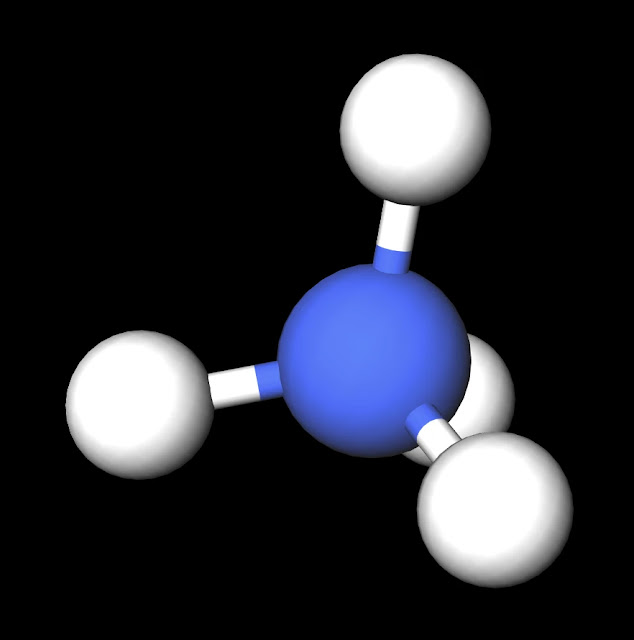Due to the simple nonpolar nature of Ethylene, the structure has a melting point of -169˚C and a boiling point of -104˚C. This makes the structure a gas at standard temperature and pressure. It is said to have a "sweet and musky" odor although the gas is flammable due to the large amount of energy stored within the carbon double-bond. Furthermore, it takes a large amount of energy in order to rotate the molecule due to the pi bond within the double bond, making the final structure quite rigid. In terms of final products, the carbons in ethylene are utilized in order to build many different types of plastics, most notably polyethylene. It can also be found in a multitude of other reactions to form different carbon-based molecules.
 |
| C2H4 Ball and Stick Model. Created with MolView. |
Although C2H4 is utilized in certain specific industrial applications, it is primarily noted as an important compound within plant systems. The molecule is utilized as a signaling molecule in order to ripen fruit, open flowers and shedding leaves. As a result this has been utilized in commercial applications in order to produce fruit faster in agriculture. This application has a quite storied history going all the way back to the Ancient Egyptians.



































